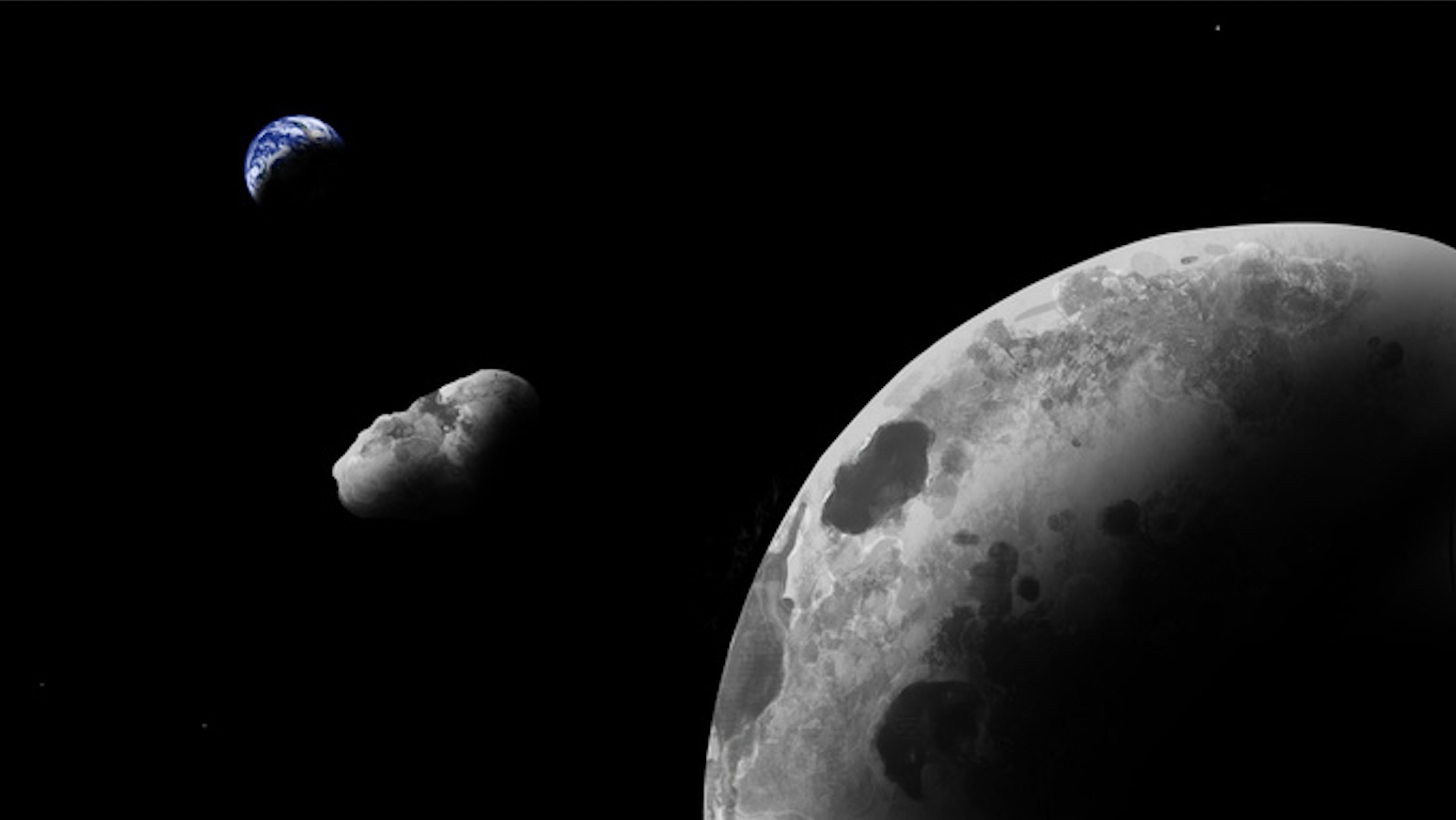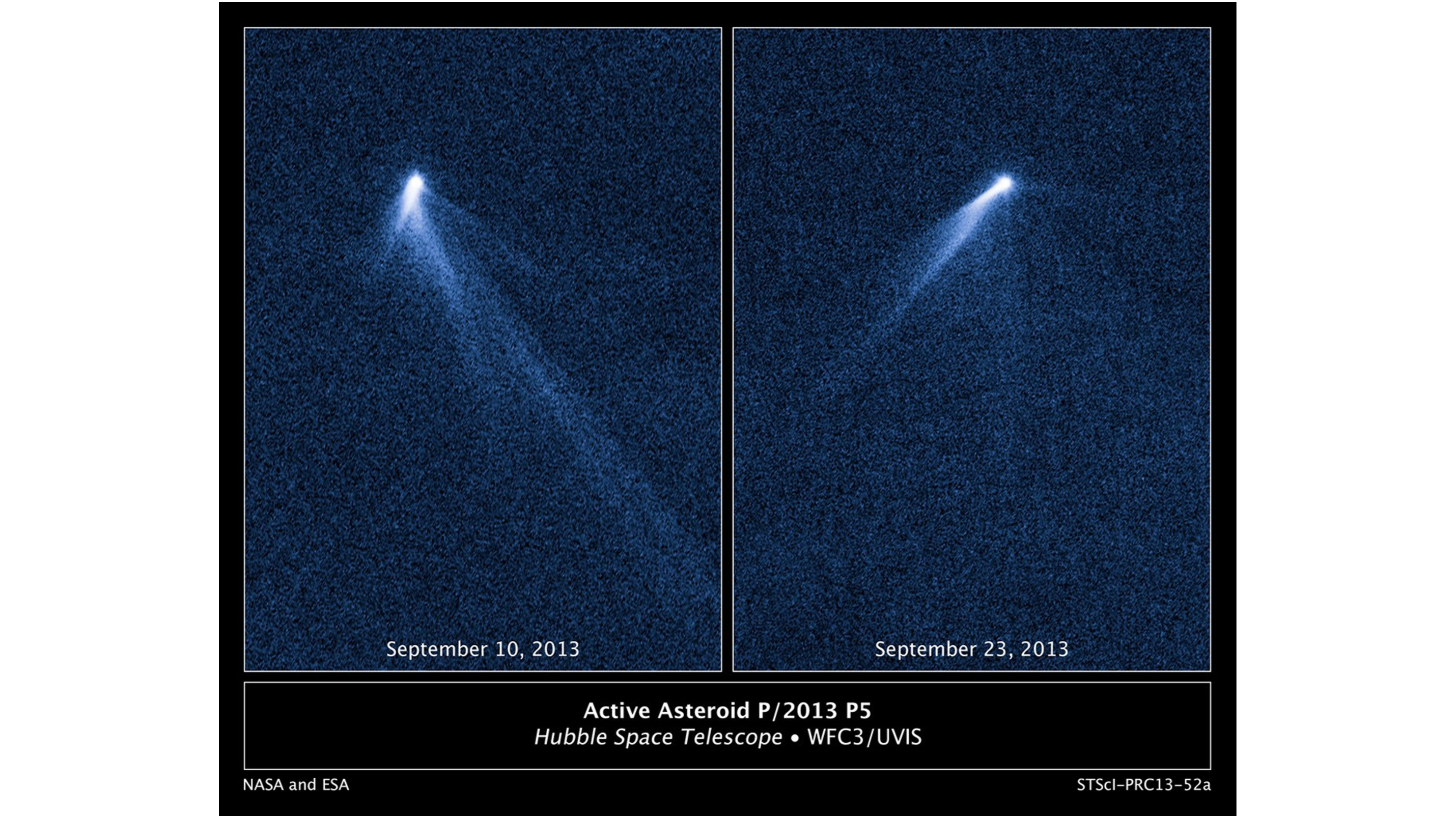
China's latest deep-space mission is underway.
The Tianwen 2 asteroid-comet probe lifted off on Tuesday (May 28), riding into the final frontier atop a Long March 3B rocket from the Xichang Satellite Launch Center in southwestern China.
Tianwen 2 marks another step forward in China's ever-advancing, ever-ambitious robotic exploration program. Here's a brief rundown of what the spacecraft will do over the next few years, and what milestones it will achieve for China.
Tianwen 2 is headed for Kamo'oalewa (also known as 2016 HO3), a near-Earth asteroid (NEA) discovered in 2016 that's between 100 and 330 feet (40 and 100 meters) wide.
Kamo'oalewa is no ordinary space rock; it's a "quasi-moon" of Earth, meaning it circles the sun on a path that keeps it close to our planet. Earth has seven known quasi-satellites, including Cardea, which was recently named via a contest organized by the International Astronomical Union and the science podcast Radiolab.
Kamo'oalewa is among the most interesting of these cosmic fellow travelers. Unlike most NEAs, it doesn't appear to have come from the main asteroid belt between Mars and Jupiter; rather, astronomers think it's a chunk of the moon that was blasted out by a giant impact within the past 10 million years. Analysis of the space rock could confirm that theory; it could also shed light on the evolution of the solar system.
Tianwen 2 will deliver some of this key data, if all goes according to plan. The probe is expected to reach Kamo'oalewa in July of 2026. It will perform up-close observations with a variety of science gear, including cameras, spectrometers, a magnetometer and a dust analyzer. This work will reveal insights about the quasi-moon and help the team select a suitable sampling site.
Breaking space news, the latest updates on rocket launches, skywatching events and more!
The probe will then swoop down to collect about 100 grams (3.5 ounces) of material from the space rock, apparently using two different methods: "touch and go" and "anchor and attach." The latter approach, which requires the use of one or more drills, has never been tried before, but touch and go is tried and true; NASA's OSIRIS-REx probe and Japan's Hayabusa2 used it to snag samples of the asteroids Bennu and Ryugu, respectively.
Tianwen 2 will depart Kamo'oalewa in April 2027, hauling the space rock samples back to Earth. A capsule containing this precious material will land here about seven months later, but the mothership will fly on.

Tianwen 2 will get a "gravity assist" from the Earth return, thanks to which it'll slingshot around our planet on its way to its second destination — the comet 311P/PANSTARRS, which resides in the asteroid belt.
311P/PANSTARRS, also known as P/2013 P5, was discovered in 2013 by astronomers using the Pan-STARRS 1 telescope in Hawaii. Like Kamo'oalewa, 311P/PANSTARRS is something of an oddball; it has both asteroid and comet features and is therefore sometimes categorized as an "active asteroid."
For example, the 1,570-foot-wide (480-meter-wide) 311P/PANSTARRS sports six dust tails, perhaps because it's spinning fast enough to fling considerable amounts of its surface material into space.
Tianwen 2 will arrive in orbit around the comet in 2035, then measure the target using its onboard instrument suite (all from afar; Tianwen-2 will not land on or sample 311P/PANSTARRS). The probe's data could reveal insights about active asteroids and comets in general, and also help establish which type of small body is largely responsible for delivering water to Earth billions of years ago.
Tianwen 2 is China's first-ever mission to an asteroid or a comet, and just its second planetary exploration effort overall. The first, Tianwen 1, sent an orbiter and a rover to Mars in 2020.
More of these missions are coming; China aims to launch the Tianwen 3 Mars sample-return mission in 2028 and Tianwen 4, a joint Jupiter-Uranus project, two years later.
In fact, Tianwen 2 isn't China's first sample-return mission; the nation has pulled off two already. Chang'e 5 hauled material from the moon's nearside to Earth in December 2020, and Chang'e 6 returned the first-ever samples from the lunar farside in June 2024.
Join our Space Forums to keep talking space on the latest missions, night sky and more! And if you have a news tip, correction or comment, let us know at: community@space.com.

Michael Wall is a Senior Space Writer with Space.com and joined the team in 2010. He primarily covers exoplanets, spaceflight and military space, but has been known to dabble in the space art beat. His book about the search for alien life, "Out There," was published on Nov. 13, 2018. Before becoming a science writer, Michael worked as a herpetologist and wildlife biologist. He has a Ph.D. in evolutionary biology from the University of Sydney, Australia, a bachelor's degree from the University of Arizona, and a graduate certificate in science writing from the University of California, Santa Cruz. To find out what his latest project is, you can follow Michael on Twitter.
You must confirm your public display name before commenting
Please logout and then login again, you will then be prompted to enter your display name.
